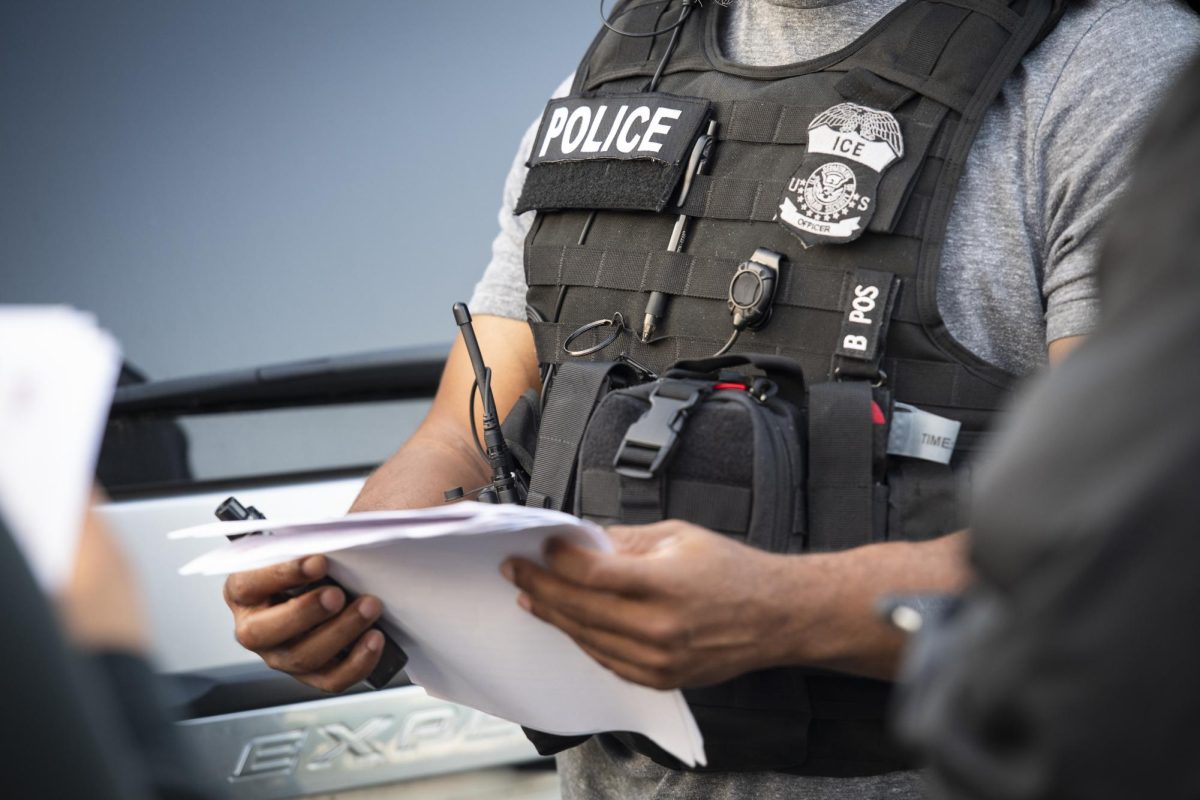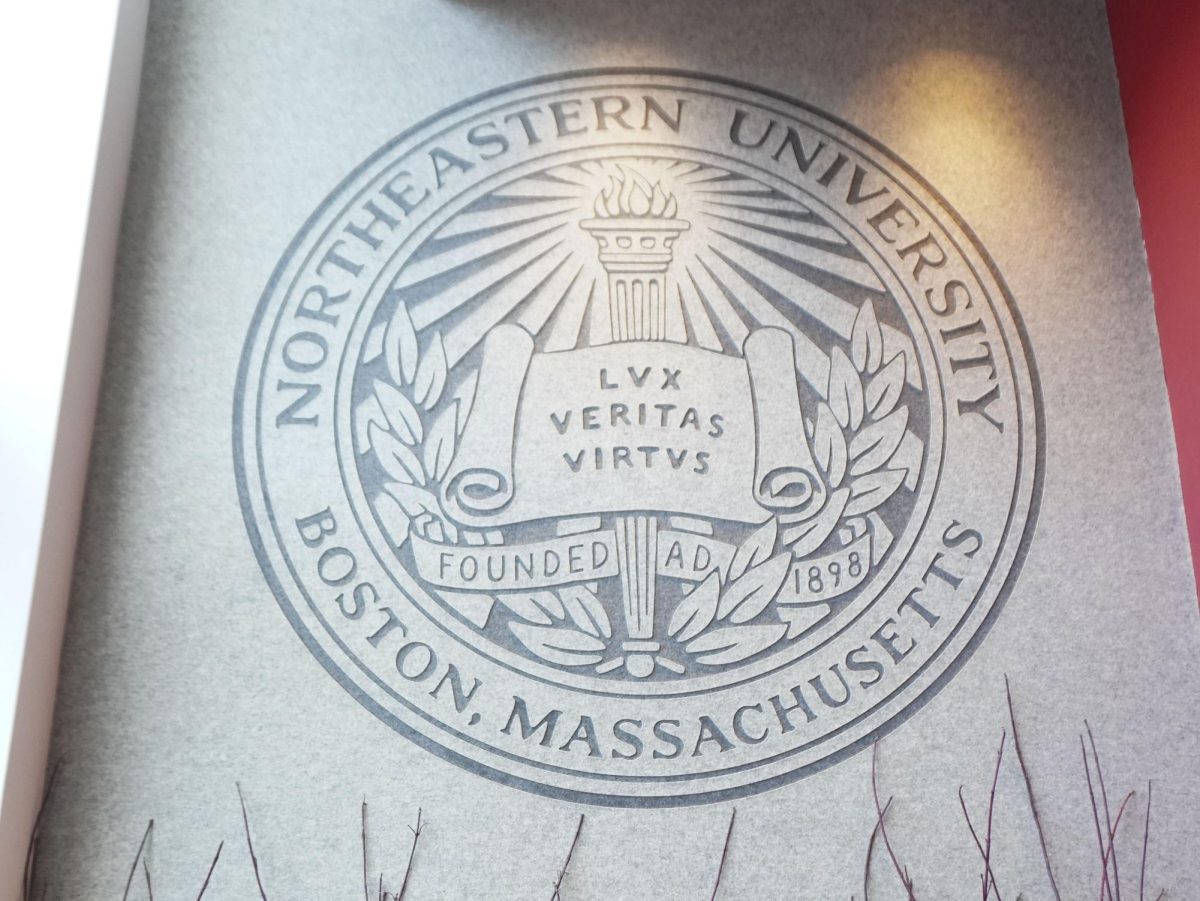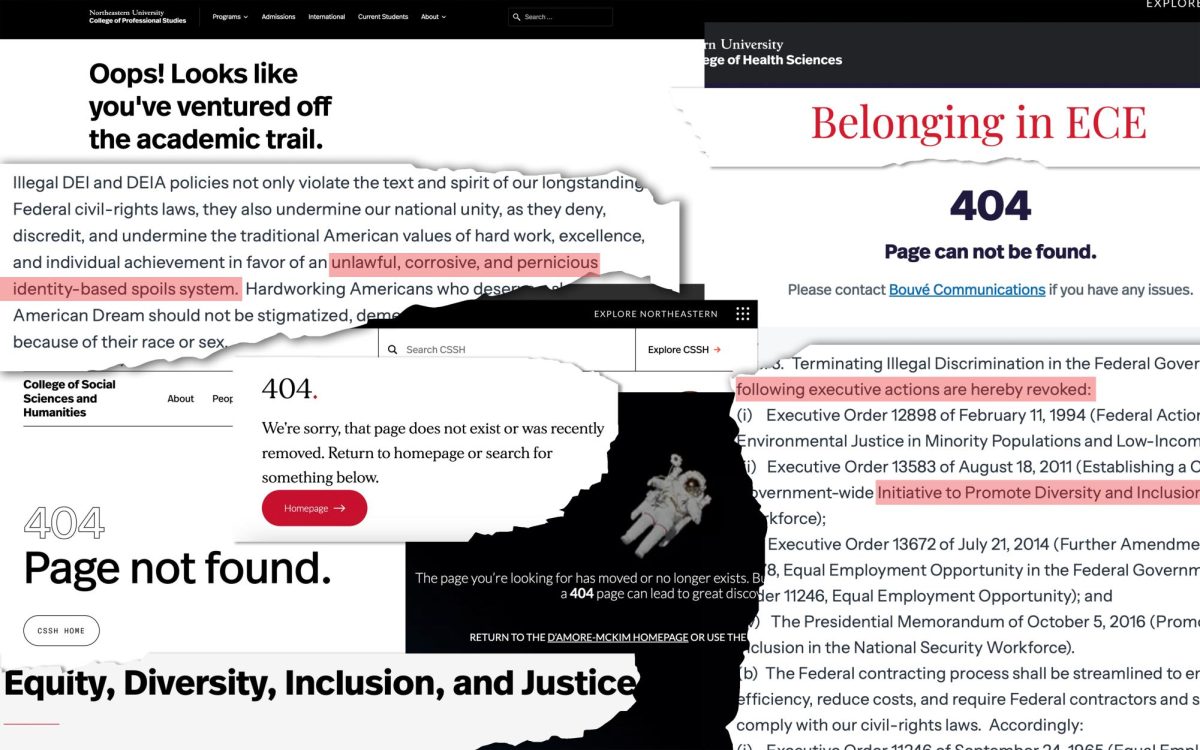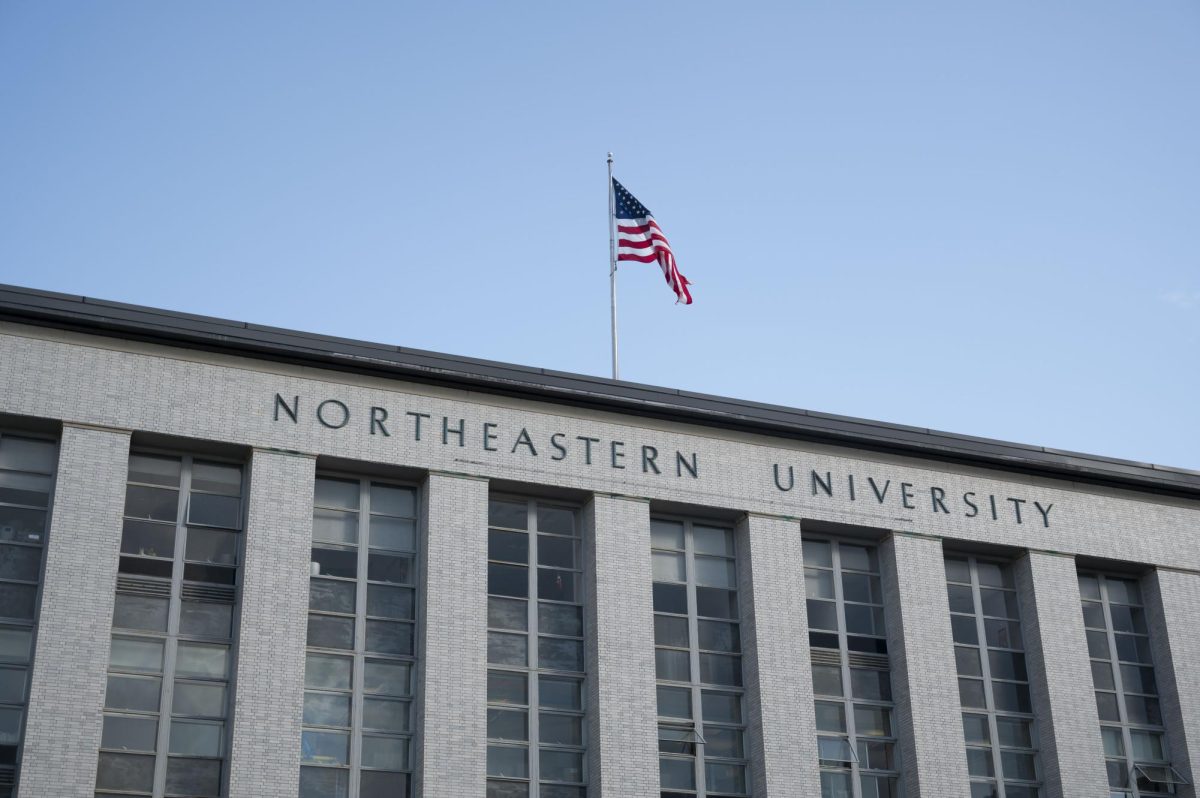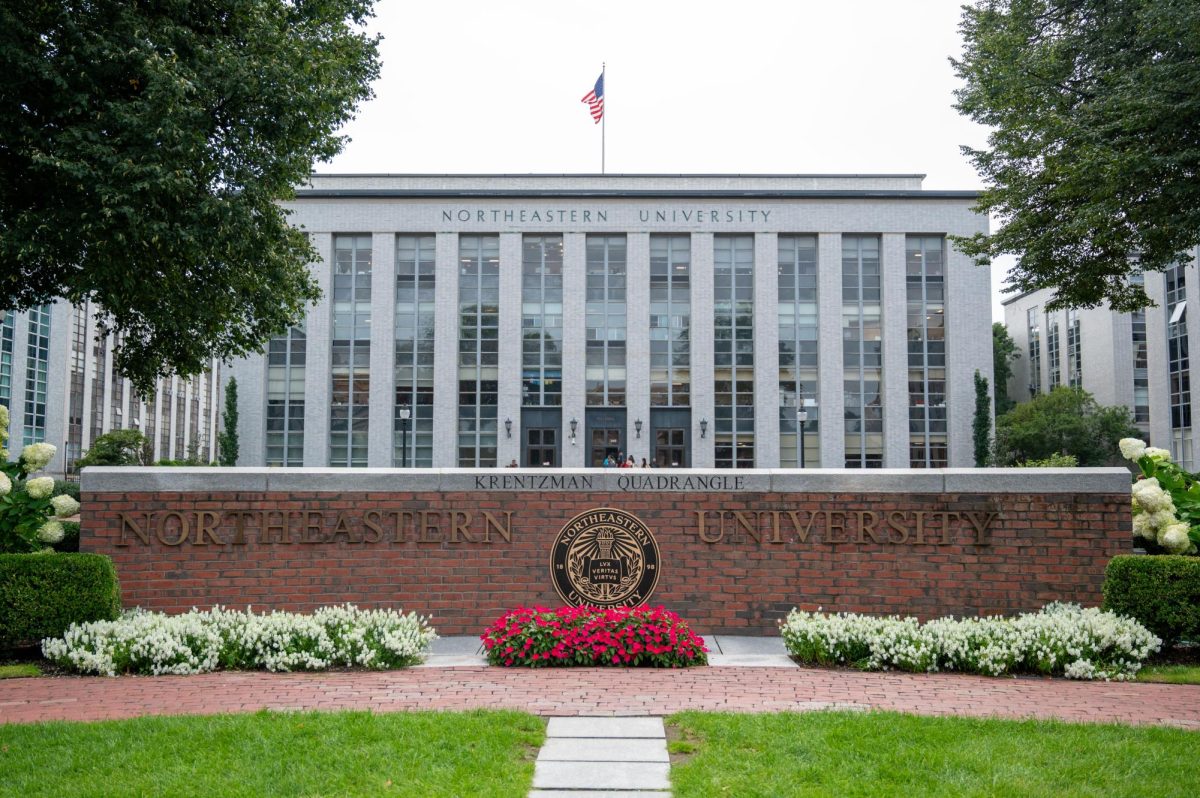Early each morning before Boston traffic starts buzzing, Chuck Dimarzio, an electrical and computer engineering professor, steps out of his Cambridge home and onto his pedals. The six-mile bike ride along the Charles River has been a part of his life since he moved to Boston to teach at Northeastern in 1992.
Dimarzio isn’t cycling the streets alone. He is part of the growing faction of Boston-area workers who choose to commute using pedal power.
According to US Census data, Boston bicycle commuting has increased from 0.9 percent in 1990 to 1 percent in 2000 – which may seem like a small percentage, but it’s an extra 1,000 bicyclists sharing the narrow Boston roads.
The Census report did not include students or those who commute into Boston from surrounding cities.
Dimarzio bought his bike when he moved to Cambridge, because he had no real need for a car. He said it was a way for him to “exercise, be outdoors and enjoy the scenery.”
With the Massachusetts Bay Transportation Authority fare hike that began Jan. 1, bicycling has become an easy alternative to public transportation. Junior physics major Matthew Johnson, who commutes 1.5 miles from his Jamaica Plain home to campus, said his reason for bicycling was “[the bike] is what I had, and it’s cheaper than taking the T.”
First-year Northeastern graduate student Candice Anderson takes the T to the Aquarium stop on the blue line and then cycles about 3 miles to campus. Of her commute she said that “it’s nice to be able to see the sun.”
Boston has a relatively high percentage (1.48 percent by their count) of pedaling commuters, but only 0.01 bike lanes per square mile, according to a 2003 study conducted by Portland State University. In comparison, San Franciso has 0.44 bike lanes per square mile with 1.80 percent of commuters bicycling; Washington, D.C. has .78 lanes per square mile for the 1.42 percent of its population that commutes with a bike.
Mayor Thomas Menino hopes to change this. A new cyclist himself since this summer, Menino unveiled a biking initiative for Boston last week. He kicked it off with the appointment of a Boston “bike czar,” 2000 cycling Olympian Nicole Freedman.
One of Freedman’s first acts as bicycling planning director was launching an interactive online survey. The survey uses Google Maps to let Boston cyclists track and record routes they ride. The data will be used “as a guide when updating and evaluating cycling routes, lanes, rack disbursements, etc.,” according to a letter from Freedman.
The initiative also includes plans to add 250 bicycle racks throughout the city, to create a city bicycle map and to build a bike path that would connect Roxbury, South Boston, the South End and Boston Harbor during the next two to three years.
“Menino’s plan is a nice idea,” Johnson said. “But biking has been [lousy] in Boston for years. [Menino] just started biking himself and now has this big plan.”
Raising bicycle awareness is also part of the initiative. Anderson said the city’s plan was great, especially because “drivers think that bikes shouldn’t be on the street. I don’t think it’s even legal for [bicycles] to ride on the sidewalk.”
Last year, a 22-year-old Massachusetts College of Art graduate, Gordon Riker, was killed cycling at the intersection of Huntington Avenue and Forsyth Street.
The number of students and faculty bicycling to campus has increased as well. The university took notice, and this summer 86 new steel bike racks were installed by the Facilities Department.
Chuck Doughty, director of landscape operations and suburban facilities, said there are about 350 spaces for bicycles among the racks. There are also plenty of structures to lock bicycles to fences and railings on campus, he said.
“I’ve never seen so many bikes here as I’ve seen here this semester,” Doughty said.
Some students said they are wary about locking their bicycles outside on campus.
So far in 2007, 37 bicycles have been reported stolen to the Northeastern University Division of Public Safety (NUPD). Last year, 26 bicycles were reported stolen to (NUPD) in the same time period. In 2005, 35 bicycles were reported stolen between Jan. 1 and Sept. 21.
Jim Ferrier, director of public safety said, only one of the reported stolen bicycles was locked with a u-shaped lock – but, in that case, the owner was aware of a recall for the lock. All other reports of stolen bicycles indicated that they were locked with a cable, chain or not locked at all.
Ferrier said the most common places for bicycles to be stolen on-campus are also the most heavily trafficked: Centennial Commons, World Series Way and the Snell Library Quad.
But with bike theft, angry drivers and treacherous potholes aside, Dimarzio still encourages biking.
“It’s just a feeling of comraderie when you meet another faculty member or student who rides bikes,” he said.




